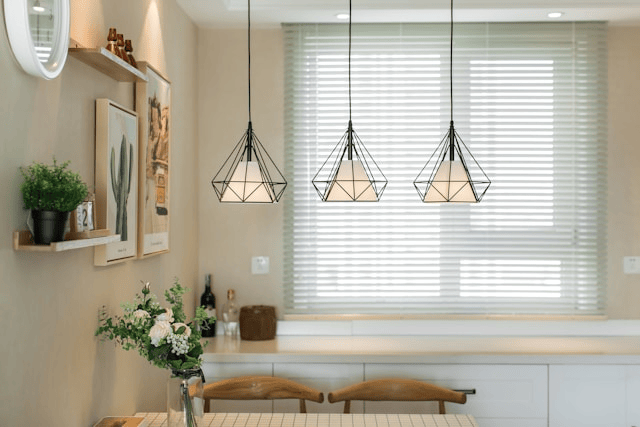Replacing a light fixture is one of the easiest home improvement projects you can do yourself. Whether you want to update the style of your room, improve lighting, or replace a broken fixture, this is a relatively simple task that can save you the cost of hiring an electrician. With a few tools, some basic knowledge, and safety precautions, you can complete the job in under an hour.
Safety First
Working with electricity requires caution. Before you touch any wires, make sure to turn off the power at your home’s circuit breaker. Simply flipping the light switch is not enough you need to ensure that no electricity is flowing to the fixture.
Once the breaker is off, use a voltage tester to confirm that the wires are not live. This step is crucial to avoid electric shock. Wearing safety glasses and gloves can also help protect you from dust, debris, and accidental contact with sharp edges.
Tools and Materials You’ll Need
Before you start replacing a light fixture, gather all the necessary tools and supplies:
-
Voltage tester
-
Screwdriver set (both flathead and Phillips)
-
Wire strippers
-
Wire nuts
-
Electrical tape
-
Ladder or step stool
-
New light fixture
-
Light bulbs compatible with your new fixture
Having everything ready before you start will make the installation process smoother and faster.
Guide to Replacing a Light Fixture
1. Turn Off the Power
Locate your home’s electrical panel and switch off the breaker that controls the light fixture you’re replacing. Double-check with a voltage tester to make sure no power is running to the fixture.
2. Remove the Old Fixture
Carefully unscrew the light fixture from its mounting bracket. Support the fixture with one hand while loosening the screws to avoid dropping it. Once removed, gently pull it down to expose the wires.
3. Disconnect the Wiring
You’ll typically see three types of wires:
-
Black (hot) – carries the electrical current.
-
White (neutral) – returns the current to the panel.
-
Green or bare copper (ground) – for safety.
Loosen the wire nuts and disconnect the wires from the old fixture.
4. Inspect the Wires
Before installing the new light fixture, inspect the wires for damage. If the insulation is frayed or brittle, you may need to trim and strip the ends with a wire stripper.
5. Connect the New Fixture
Match the wires from the new fixture to the corresponding wires from the ceiling: black to black, white to white, and ground to ground. Twist the wire ends together, secure them with wire nuts, and wrap with electrical tape for added safety.
6. Secure the Fixture
Attach the new light fixture to the mounting bracket, ensuring it’s properly supported. Tighten all screws firmly but avoid over-tightening, which can damage the fixture or bracket.
7. Add Bulbs and Covers
Install the recommended bulbs for your fixture, and attach any shades, globes, or covers according to the manufacturer’s instructions.
8. Restore Power and Test
Turn the circuit breaker back on and test your new light fixture to make sure it works. If it doesn’t turn on, switch the breaker off again and double-check your wiring connections.
Common Mistakes to Avoid
-
Not turning off the correct breaker – Always verify with a voltage tester.
-
Mixing up wire connections – Incorrect wiring can cause a short circuit or damage the fixture.
-
Failing to support the fixture during installation – A dropped fixture can break or cause injury.
When to Call an Electrician
While replacing a light fixture is generally safe for most DIYers, there are times when you should bring in a professional:
-
If your home has old or damaged wiring.
-
If you’re installing a heavy chandelier or ceiling fan.
-
If the job requires rewiring or changes to the electrical box.
Conclusion
Knowing how to replace a light fixture gives you the ability to refresh your space quickly and affordably. With the right tools, safety precautions, and step-by-step approach, you can install your new fixture with confidence. And as you gain experience, you might find yourself ready to tackle other simple home electrical repairs.









